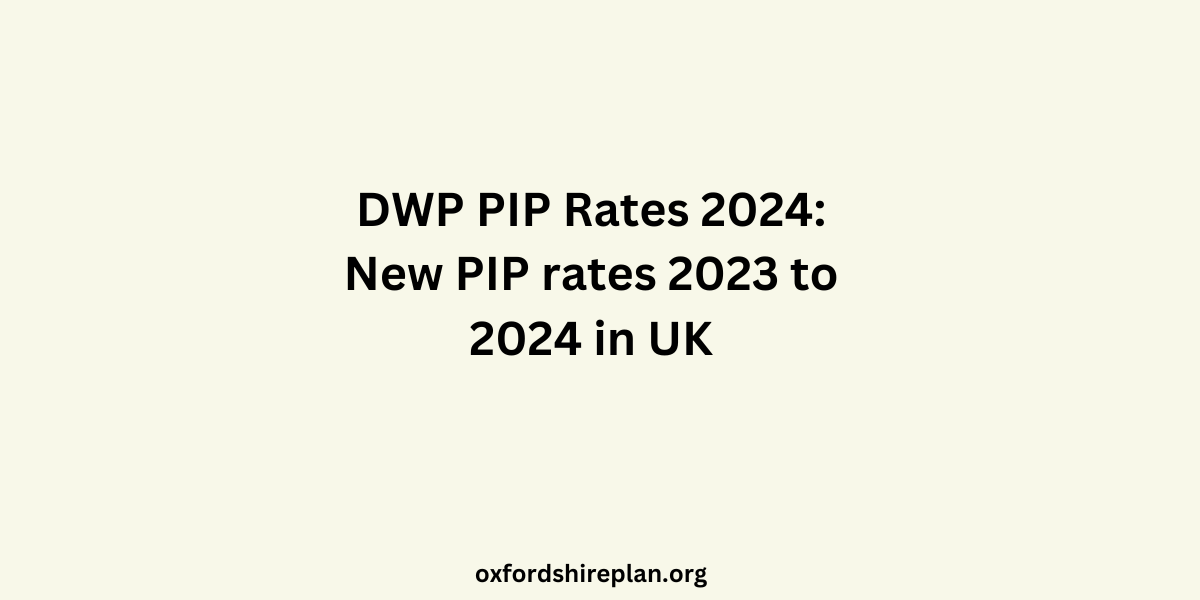Figure out Universal Credit payments in 3 steps.
Step 1 – Most Universal Credit:
First, add up the basic things in Universal Credit that relate to you. That gives you the highest Universal Credit amount.
For everyone, there is a basic amount you get – it is called a standard allowance. This covers you and your partner if you have one. The standard allowance is the same as what you get from other benefits for people who are not working, like Jobseeker’s Allowance. Then, if any of these things apply to you, you get extra money:
- Child Element – you get more for each child you have.
If your child has a disability, you get an extra amount called the Disabled Child Element.
However, remember, there is a rule saying you usually get support for only two children since April 6, 2017. You can check our guide to see if you are an exception to this rule.
- Childcare Help – to cover up to 85% of the childcare costs that matter.
- Disability Help – there are two levels. One is for Limited Capability for Work (LCW), and the other, a higher one, is for Limited Capability for Work & Work-Related Activity (LCWRA). The LCW level is not there for new claims starting from April 2017, but there are a few exceptions.
- Carer Help – for someone giving much care to a person with a disability.
- Housing Help – to assist with important housing costs.
Step 2 – Cutting down Universal Credit for the money you earn:
Universal Credit looks at:
- The money you get from working.
- Savings and capital between £6,000 and £12,000 (if it is over £16,000, you cannot get Universal Credit).
- Other benefits you get.
- Any other money you get, like a pension.
How much your highest Universal Credit goes down depends on the kind of money you get. If you are earning, they take away 55p for every £1 you earn over what you are allowed to earn (that is called the work allowance).
If it is from benefits or other non-work money, they reduce it by £1 for every £1 you get.
For savings, the first £6,000 does not count as money you are getting (but tell them about it). For savings from £6,001 to £16,000, they take away £4.35 from your Universal Credit for each £250 (or part of £250).
Important Links
| What is Universal Credit? How to Claim Universal Credit, Benefits & Eligibility |
| Universal credit log in: How do I sign into my account? |
Step 3 – More Cuts in Universal Credit:
Last but not least, Universal Credit looks at any extra rules that could apply to you, like the benefits cap.
They might also lower your Universal Credit to consider subtracting money from benefits. This covers paying back social fund loans or benefit advances, penalties linked to claimant commitment, and deductions related to benefit over-payments or debts to other people collected through benefits called Third Party Deduction.
Contents
People May Also Ask
How does Universal Credit get figured out?
Your Universal Credit money changes automatically if your earnings change. It does not matter how many hours you work; they look at the actual money you get. If you do not have a Work Allowance based on your situation, they reduce your Universal Credit by 55p for every £1 you earn.
Which Universal Credit calculator is the most right?
The best way to figure out what you should get is by doing a manual calculation. It might seem much at first, but it is a good way to make sure your count is correct. It also helps you understand Universal Credit better, making it easier to catch any mistakes in your claim.
What is this Universal Credit thing?
Universal Credit helps you if you do not make much money or if you are not working. It gives you money every month to help with your living costs.
Is Universal Credit better than tax credits?
Universal Credit is not the same as tax credits. Some people might get more money with Universal Credit than with their current tax credits or benefits. For some, it might be about the same, and for others, it might be less.

I am a passionate technology and business enthusiast, constantly exploring the intersection where innovation meets entrepreneurship. With a keen eye for emerging trends and a deep understanding of market dynamics, I provide insightful analysis and commentary on the latest advancements shaping the tech industry.
















